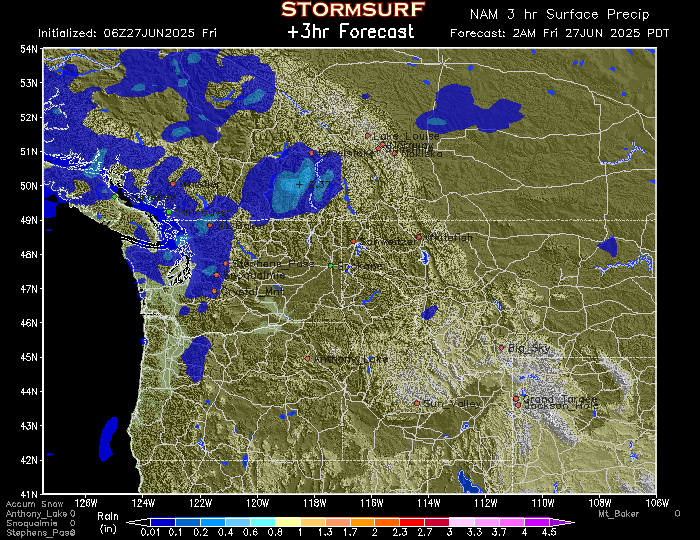
Dividing the snowfall by this liquid equivalent amount gives the SLR. After snow falls, we can melt it and measure the liquid equivalent precipitation it comprises. Now, to the topic of the SLR (often informally called “snow ratio” or just “ratio”). Still, it is inevitable that we will sometimes overestimate the fraction of mixed precipitation falling as snow in borderline and transitional environments (usually small in area).

We have adopted an approach that usually avoids erroneously treating sleet as snow for NCEP models, so you should not see a shield of "fake snow" extending well equatorward of the actual snow-sleet line in a large mid-latitude cyclone, for example. This eliminates any concern about including sleet, graupel, or rain when we compute snowfall for those models.įor NCEP models, the bookkeeping for precipitation types is less precise, so mis-categorizing some of the precipitation that fell between data output times is always a risk during mixed precipitation or precipitation that is rapidly changing type. But, hold on… do we really know how much fell as snow?ĮCMWF, UKMET, and Environment Canada models keep track of precipitation type in a precise way as the model integrates, so we know how exactly much precipitation falls in the form of snow (at least, based on the model’s internal diagnostics). Our primary snowfall product types, 10:1 and Kuchera, apply certain snow-to-liquid ratios (SLRs) to precipitation in the model we deem to have fallen as snow between data output times. *The Kuchera method was originally formulated to fit a sample of observed snow depth measurements (e.g., a ruler measurement after a storm), so even our attempt to define “snowfall” has caveats - more below. However, this may not be true when ground temperatures are warm, air temperatures are above freezing, or when a storm is particularly long in duration and compacting plays a large role. We do not attempt to forecast any of this explicitly, but our snowfall products are still often a useful proxy for the final accumulation on untouched natural surfaces. Even solar radiation passing through clouds, and therefore time of day, can have an impact on melting. It will depend on the surface type, in addition to weather conditions at ground level and their evolution throughout the storm. To forecast the final accumulation on a ground surface at the end of a long-duration snowstorm is more complex. The sum of all snow you cleared off the chilled snow board over the course of the storm would represent the observed "snowfall" that our 10:1 and Kuchera* snowfall maps attempt to forecast. Not much melting, sublimation, or compacting would occur during those hourly intervals, regardless of the weather conditions. Suppose you had a snow board whose temperature you maintained at well below freezing, and you diligently went outside every hour to measure and clear new snow. If a particular ground surface is warm enough for melting to occur, then the accumulated pile of snow you see on that surface at the end of a storm may be noticeably less than what we call snowfall.

On Pivotal Weather, "snowfall" refers to snow that reaches Earth's surface over the specified time period. Although this is a messy topic with few simple answers, our aim is to clear up some of the confusion in a central location. Snow maps - love them or hate them, they're everywhere in the wintertime! When it comes to different snow map algorithms, confusion reigns. Snow Maps, Algorithms, and Winter Precipitation


 0 kommentar(er)
0 kommentar(er)
